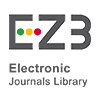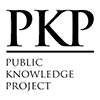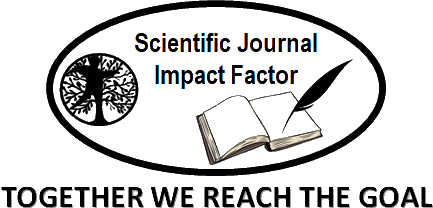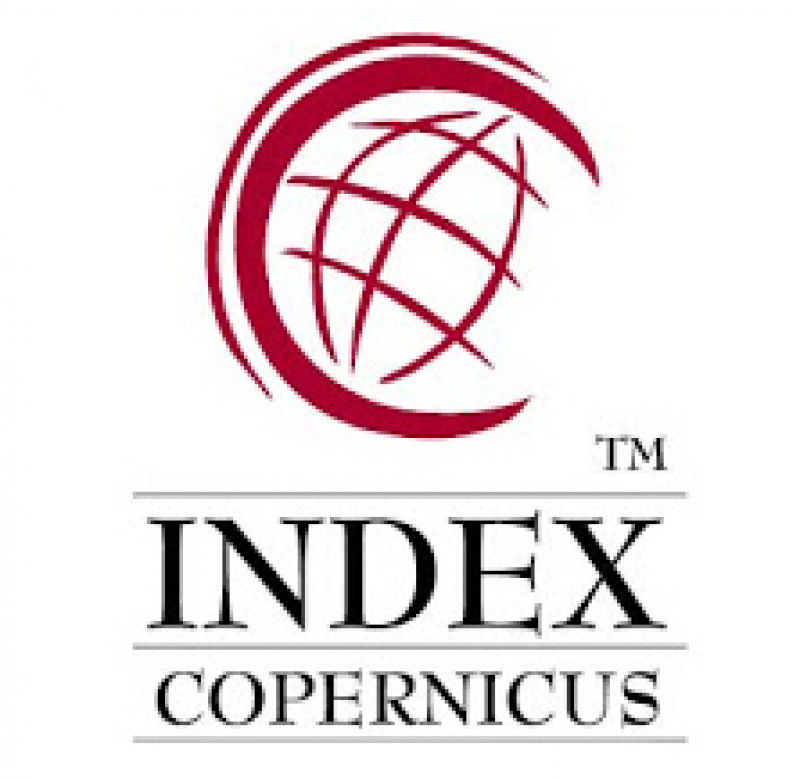The Significance of Phantasmagoria in W. B. Yeats’s “The Wild Swans at Coole”
Abstract
This study studies the significance of Yeats’s phantasmagoria and discusses its constructive role in the poem “The Wild Swans at Coole”. Yeats speaks of the significant role of phantasmagoria in the preface to The Wild Swans at Coole and introduces it a means through which he can express his convictions of the world. The poet, according to Yeats, never speaks directly; there is always a phantasmagoria involved. The term phantasmagoria can be regarded as a key concept in Yeats’s The Wild Swans at Coole. A deep interpretation of the poems of this collection necessitates a close study of the images and symbols constructing the related phantasmagoria. It is the analysis of the phantasmagoric images and symbols of the poems that helps reveal both the poet’s mind and its development. Yeats’s phantasmagoria is extensive and has multiple facets. It can be traced in various forms in different poems. Its vivid presence can well be noticed in the elegies, personal love lyrics, and philosophical poems of The Wild Swans at Coole.
Keywords
Full Text:
PDFReferences
Abjadian, A. (2000). A Survey of English Literature. 2 Vols. Tehran SAMT.
Bradford, C. B. (1965). Yeats at Work. Carbondale: Southern Illinois University Press.
Cirlot, J. (1962). Dictionary of Symbols. Trans. Jack Sage. New York: Routledge & Kegan Ltd.
Daiches, D. (1961). The Permanence of Yeats: Selected Criticism (J. Hall & M. Steinman, Eds.). New York: Collier Books.
Fallis, R. (1976). ‘I Seek an Image’: The Method of Yeats’s Criticism”. Modern Language Quaterly, 37, 68–81.
Henn, T. R. (1965). The Lonely Tower: Studies in the Poetry of W.B.Yeats. London: Methuen.
Lentricchia, F. (1968). The Gaiety of Language: An Essay on the Radical Poetics of W.B.Yeats and Wallace Stevens. Berkley: University of California Press.
Loizeaux, F. B. (2003). Yeats and the Visual Arts. New York: Syracuse University Press.
Martin, G. (1966). The Wild swans at Coole”. An Honoured Guest: New Essays on (W. Yeats. Ed. Denise Donoghue & J. R. Maryne. London, Eds.).
Moore, H. T. (1964). Twentieth Century French Literature. Carabondale: Southern Illinoise University Press.
Murry, J. (1920). Mr.Yeats’s Swan Song”. Aspects of Literature (pp. 39–48). New York.
Ramazani, J. (1993). ‘A Little Space: The Psychic Economy of Yeats’s Love Poems”. Criticism, 35, 67–89.
Yeats and the Poetry of Death: Elegy, Self-elegy, and the Sublime. (1990). Michigan: BookCrafters.
Smith, C. (1930). In Defense of Magic: The Meaning and the Use of Symbol and Rite. New York: LinVeagh the Dial Press.
Stead, C. K., & Yeats, E. (1986). Eliot and the Modenist Movement.
Sunkal, R. (1973). The Phlosophical Poetry of W. B .Yeats. Cambridge. Cambridge university press.
Tindall, W. (1961). The Permanence of Yeats: Selected Criticism. New York: Collier Books.
Unterecker, J. (1967). A Reader’s Guide to W. B. Yeats. In Russel & Russel. New York.
Wordsworth, W. (1944). Lines Written a Few Miles Above Tintern Abbey”. Selected Poems. Hyden. New York: Penguin.
Yeats, W. B. (1899). A Vision. London: Oxford University Press.
-------. (1966). Selected Criticism. London: Macmilan.
-------. (1994). The Works of W.B.Yeats. Hertfordshire: Wordsworth Editions Ltd.
DOI: http://dx.doi.org/10.18415/ijmmu.v12i3.6618
Refbacks
- There are currently no refbacks.
Copyright (c) 2025 International Journal of Multicultural and Multireligious Understanding

This work is licensed under a Creative Commons Attribution-NonCommercial-NoDerivatives 4.0 International License.
https://ijmmu.com
editor@ijmmu.com
facebook.com/ijmmu
Copyright © 2014-2018 IJMMU. All rights reserved.



































